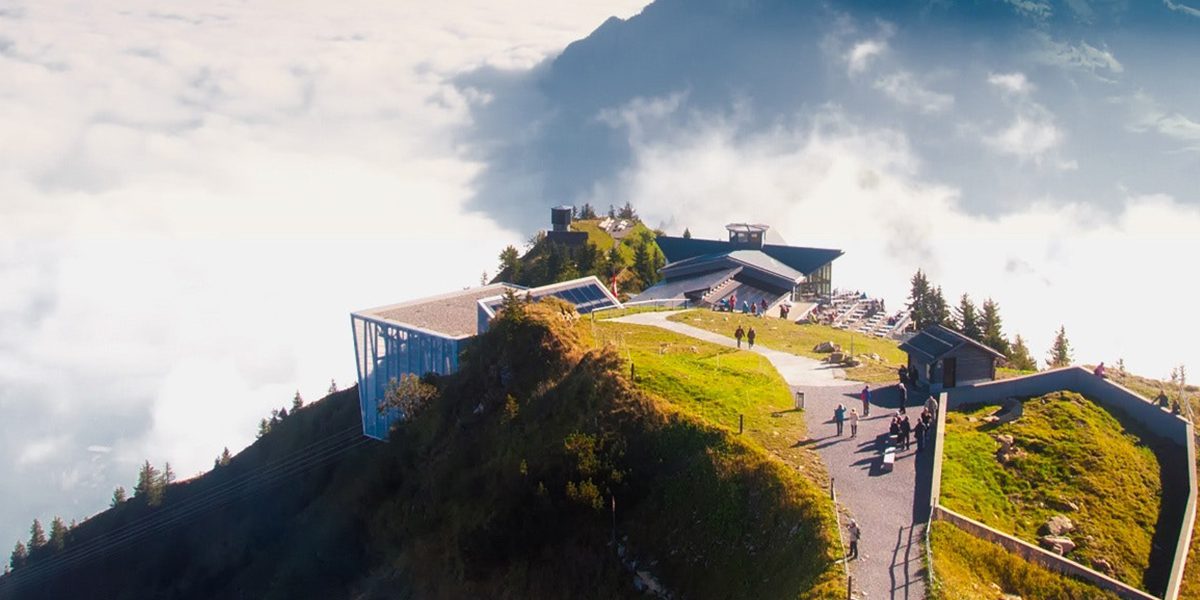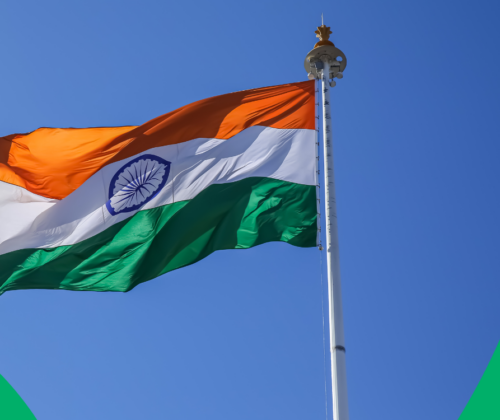The soaring hills with majestic and mysterious beauty have long been an attraction for tourists, especially those who love nature, love to explore, adventure, and learn about the mountain community. Mountain tourism is one of the potential types of tourism thanks to meeting the new needs of tourists post-pandemic.
According to UNWTO, mountain tourism is activities in mountainous areas with distinctive attributes of landscape, topography, climate, biodiversity and local communities.
Like many other types of tourism, mountain tourism can contribute to the growth of local socio-economics. Because mountainous areas are often in remote places, mountain tourism activities are related to nature, rural tourism, community-based tourism, and add value to local products, create jobs and improve people’s lives.
Besides, with topographical and natural attributes, mountain tourism can bring tourists a variety of experiences and activities, especially adventure experiences and sports activities that few places can, such as cycling, trekking, zip-lining, climbing, caving, skiing, kayaking,… or exploration activities such as experiencing mountain scenery, flora and fauna, local cultural heritage.
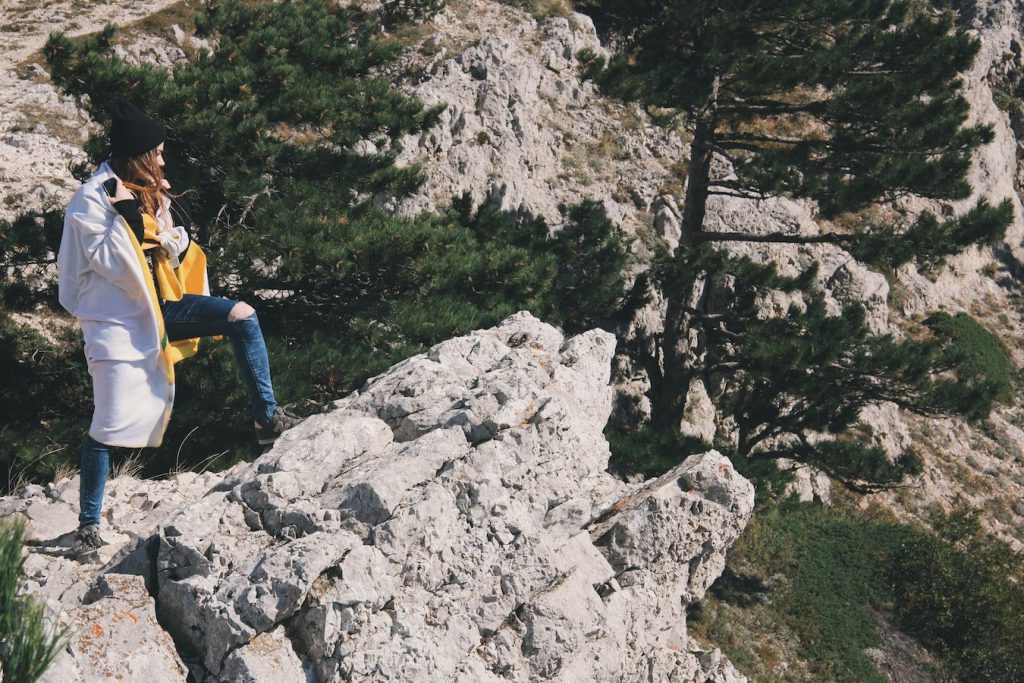
In many destinations, mountain tourism is closely linked with rural tourism, or community-based tourism, because local communities in these areas often have unique cultures, customs and traditions. This will be a feature that attracts tourists who love to learn about culture, heritage and tradition by visiting craft villages, heritage sites, and discovering local cuisine.
Given these characteristics, the mountain tourism experience is more sustainable and often attractive to the adventurous rather than mass tourists. Especially, after the pandemic, mountainous tourism is considered as one of the potential types of tourism because it meets many new needs of tourists.
Although most people are now fully vaccinated against Covid-19, the risk of infection remains. Therefore, mountain tourism may be safer than other types of tourism for many tourists because it’s outdoor and not crowded, therefore reducing the risk of disease transmission.
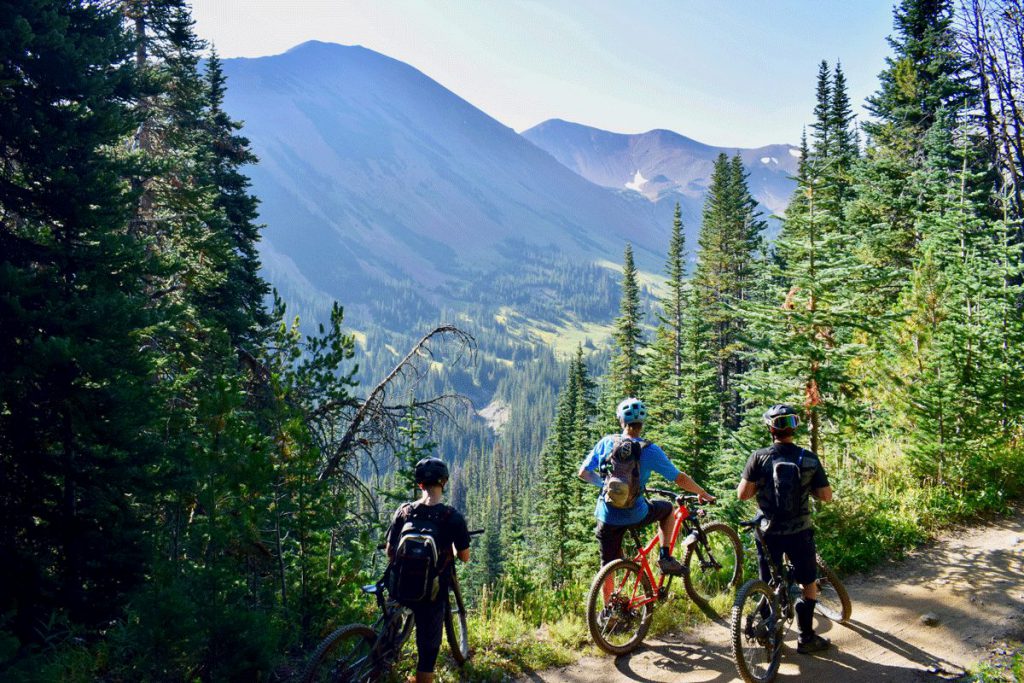
As a type of tourism based on nature, mountain tourism offers tourists the experience of living with nature more than other places. It is also the environment that many tourists seek to balance their life and emotions after a stressful pandemic. Moreover, the mountain is also a favorable condition for tourists who care about wellbeing and related interests. In addition to fitness activities such as mountain biking, trekking that tourists can independently experience. There are also many wellness destinations located in mountainous areas, offering travelers spas and wellness treatment with natural therapies.
Capture and develop mountain tourism after the pandemic
In the context that sustainable development and climate change are two of the current issues, mountain tourism development post-pandemic needs to pay attention to them to minimize negative impacts on the environment and society.
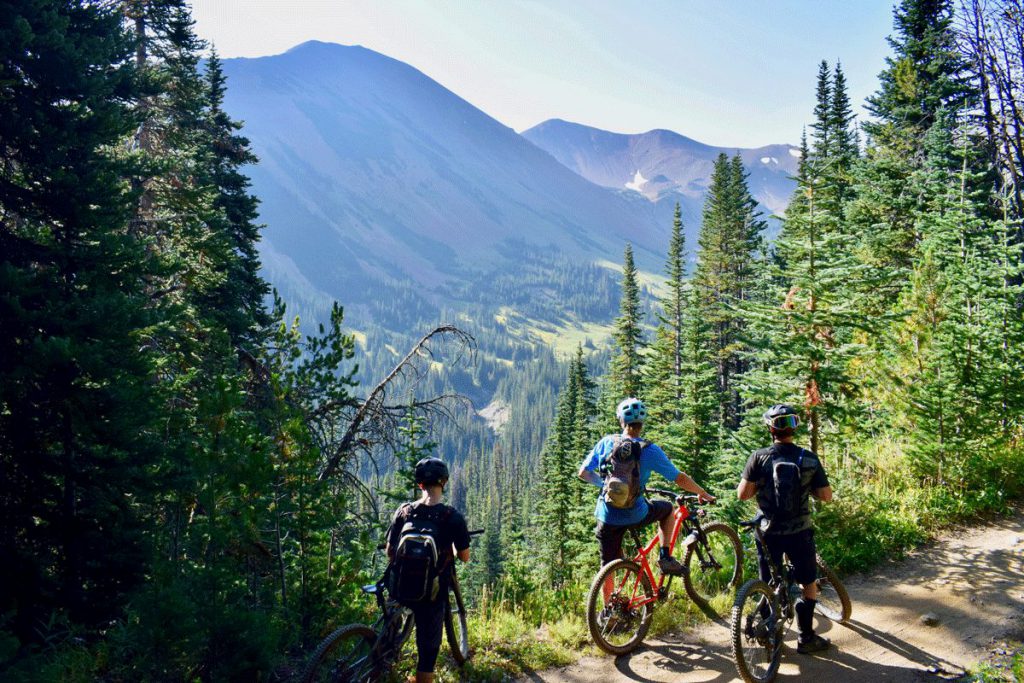
Due to the unique natural characteristics of each region, mountain tourism is often seasonal because travelers want to participate in specific experiences such as skiing, visiting seasonal flora, or simply having favorable weather for the mountainous activities. Therefore, in order to avoid crowding during the tourist season, destinations can consider diversifying tourism products throughout the year so that tourists have a variety of options and travel at any time. For example, some mountainous destinations in Europe and North America are often very crowded in the winter because tourists want to participate in winter sports activities. Due to the effects of climate change, the snow season in many places is shorter and the snow is thinner, affecting the tourist experience. Some destinations have changed, attracting travelers to visit in other seasons of the year, by offering new experiences such as cycling, horseback riding, or cultural experiences.
Investing in “green practices” is also one of the ways that mountain destinations can consider developing more sustainable products post-pandemic, such as using local products instead of plastic, using energy more efficiently, encouraging tourists to use low-carbon forms of transportation by incentives, etc.
One of the advantages that only mountainous destinations have is the green space. Destinations that can take advantage of this to design a comprehensive green experience journey for travelers will have the advantage to attract responsible tourists.
Recently, Ha Giang province also has a plan to develop sustainable tourism in Tan Lap commune with the goal of building Tan Lap tourist area in the direction of green tourism. This plan will focus on preserving cultural heritage, developing community-based tourism products, and solving environmental problems well.
Source: Destination Review
